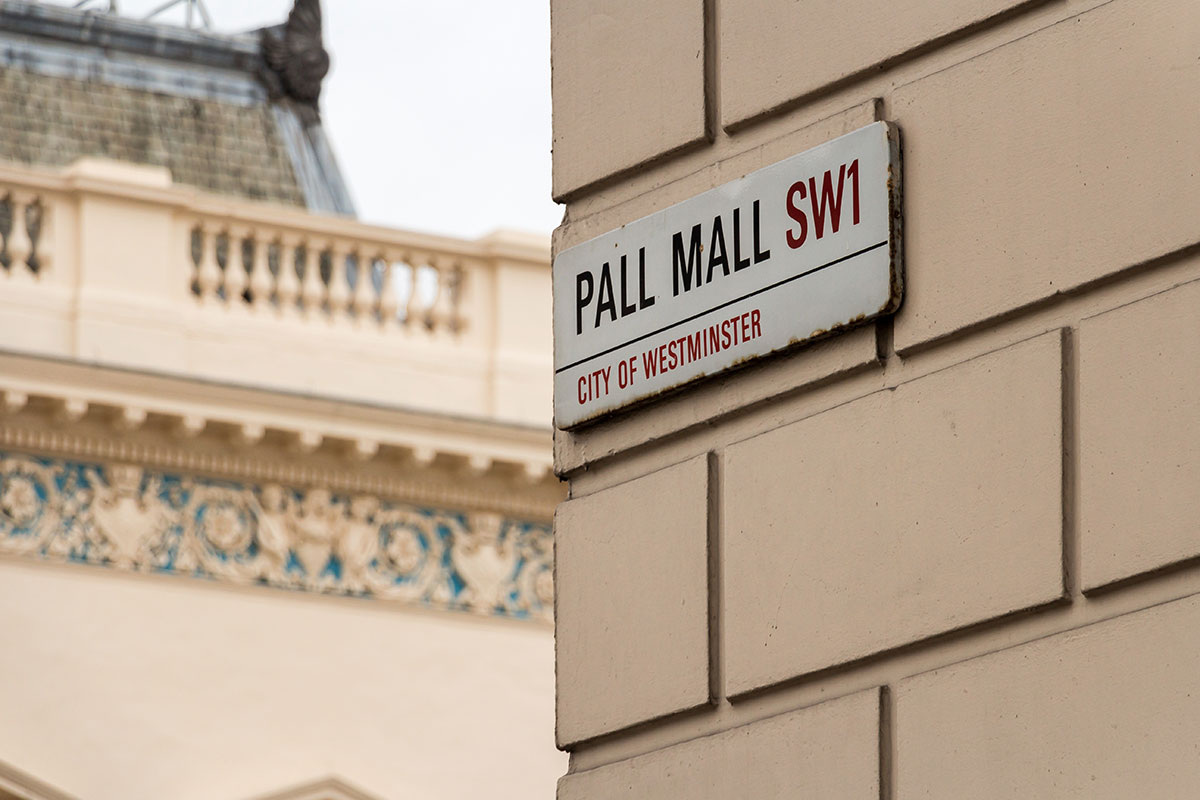Expert CFD Modelling
FDS Consult UK played a leading role in the development of CFD modelling for use in the engineering sector.
We are the go-to experts for CFD
Our Services Include:
- FDS Consult are trailblazer's of the technology’s development, deploying it on projects of every size across the UK.
- CFD results are analysed by our experts to establish the effectiveness of the fire strategy in the event of a fire.
- We use CFD modelling alongside a wide range of advanced technologies to present a clear and substantiated case for a more creative approach to fire design.
Get in Touch







Computational Fluid Dynamics Modelling
Computational Fluid Dynamics (CFD), also known as fire modelling, is a key tool for predicting the spread of smoke and heat from fires in built environments and is a powerful design and safety tool.
It is important to assess and understand how heat and smoke move around a building in the event of a fire. This will influence means of escape and the design of active and passive fire safety systems.
CFD modelling uses a detailed virtual representation of the building created from plans to simulate and map the spread of fire and smoke movement. Showing how the proposed layout and features of the building affect the spread of the smoke and heat, whilst highlights areas of concern, such as where fire may spread more quickly or areas where smoke is hotter or denser.
Benefits of CFD for your Project
Cost & Space Savings
By creating a tailored plan for each project, it’s possible to provide substantial cost and space savings, as this removes the possibility of unnecessary systems being specified.
Design Freedom
CFD models provide the evidence for greater design freedom for designers and architects while also providing more saleable space.
Building Control
CFD is used to justify designs to Building Control, with the models created, plus any relevant calculations, being submitted to show that the design is as effective.
Benefits of Partnering with FDS Consult UK
Reach Potential
FDS enable and empower clients to realise their design potential whilst ensuring optimal safety of the building’s users.
Professional Advice
We provide professional advice throughout the building’s lifecycle, from design, construction through to occupation and beyond.
Committed Team
Our commitment is to helping clients achieve their design ambitions while creating safer environments.
Early Collaboration
Early collaboration allows us to create a tailored solution and secure Building Control approval of the proposed scheme,
CFD Modelling with our Fire Protection Engineers
Our fire engineering experts design the fire strategy and input all the details of the building’s physical environment, providing the software with the information it needs to carry out the complex equations. The results can then be assessed to establish the effectiveness of the fire strategy in the event of a fire.
CFD Modelling also aids with the detailed design of mechanical smoke ventilation systems. The software allows the designer to model complex airflows, fire patterns and smoke behaviour within the building, and to visually inspect and analyse the results. This allows any areas of development or improvement to be identified and implemented.
CFD analysis is required when applying a fire engineered solution that is not code compliant or an ADB prescribed solution.
The analysis provided by our CFD Team is suitable for submission to the approving authority. Our team will provide support and guidance through the approvals process. Following installation, the results of the CFD modelling can be authenticated to demonstrate to all approving authorities that each component has been installed correctly and is operating as intended.
Computational Fluid Dynamics Modelling FAQ
What is Computational Fluid Dynamics Modelling?
Computational Fluid Dynamics (CFD) modelling uses computer analysis to show how fluid or air moves over a surface or within a space and is used in many industries, such as aerospace and automotive design.
How does FDS Consult UK use it?
In fire engineering terms, the Computational Fluid Dynamics Modelling software maps the spread of fire and smoke through a detailed virtual representation of the building in question. This can be created from building plans, allowing design decisions to be made at an early stage of the project.
How does CFD Modelling help you to plan fire safety in buildings?
It is possible to simulate the fluid dynamics (movement) of the smoke and fire over a set time period, allowing its physical behaviours, for example – smoke rising, to be observed as it unfolds.
It shows us how the proposed layout and features of the building will affect the spread of the smoke, enabling us to create an informed fire safety strategy and demonstrate how it will work in practice.
The computer model also highlights any areas of concern, such as where smoke is hotter or denser or where fire may spread more quickly.
What is CFD Modelling’s role within the design process?
During the planning stages, the model is used to pinpoint areas that are susceptible to the build-up of smoke. This, in turn, tells our designers and fire engineers where to allocate the necessary safety systems such as smoke ventilation, pressurisation systems and sprinklers.
Once the safety systems have been incorporated into the virtual model, the simulation is rerun to show how effective the various fire safety systems will be in their designated positions. This allows for any areas of development or improvement to be spotted and implemented.
Why is it important to consider fire safety during the early stages of a project?
Creating a bespoke fire strategy at the beginning of each building project ensures that the safety requirements can be met. Making changes during the design phase in response to the results of the analysis is far less costly than making adjustments once the build progresses.
Furthermore, Computational Fluid Dynamics Modelling actually encourages greater design freedom for architects whilst also providing more saleable space. The superior level of accuracy and detail that CFD Modelling provides allows smoke ventilation and fire suppression systems to be optimised. This means there is often scope to expand room sizes and corridor lengths beyond what is suggested in the fire regulations by demonstrating that the safety of occupants is maintained.
In your opinion, to what extent can the use of computer software enhance the industry’s future in fire design?
The use of computer software has made way for a more creative, thorough and tailored approach to fire design. This is further supported by the introduction of additional software such as Evacuation Modelling, Time Equivalence Modelling and Finite-Time Analysis – systems that help us prove our evacuation strategies work as they should, as well as provide the necessary evidence of the efficiency of fire safety measures.
CASE STUDY
80 Pall Mall
Home to the Government’s War Office in the 19th Century, 80 Pall Mall has undergone varied incarnations since first being constructed for the 3rd Duke of Schomberg in the 1690s.
Its original façade was re-built when, along with neighbouring properties, it was converted into offices in the 1950s. It has now been completely refurbished again, with a total strip out and re-build of the accommodation and retention of the Grade II listed façade.
FDS Consult UK were appointed to advise on a sympathetic approach to fire designing the scheme, using the team’s innovative thinking and experience to justify a non-code based strategy by use of computational fluid dynamics modelling, minimise costs and enable one of the tenants to create the striking office environment they wanted.
FDS Consult UK’s expert team was able to help the client deliver this vision by:
- Introducing fire curtains linked to the smoke detection and fire alarm system to achieve compartmentation of the meeting rooms in the event of a fire, maintaining the floor sub-division.
- Using CFD (Computational Fluid Dynamics) modelling to justify the extended travel distances created by the central staircase.

Ready to discuss the Fire Engineering on your latest project?
Copyright © 2024 FDS Consult UK Limited
Registered Office: 152-154 London Road, Greenhithe, Dartford, Kent, DA9 9JW.
Registered in England: 12601647